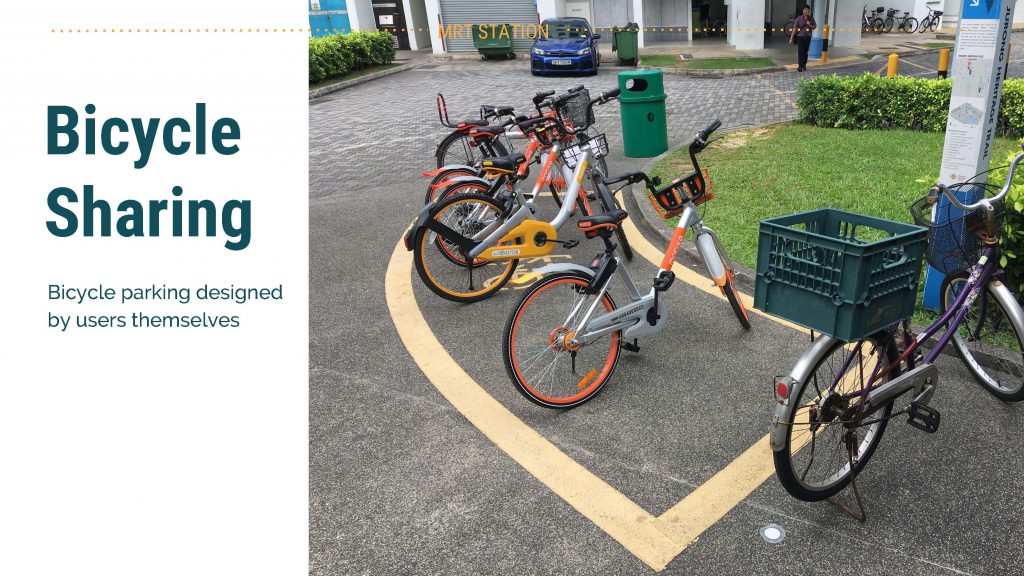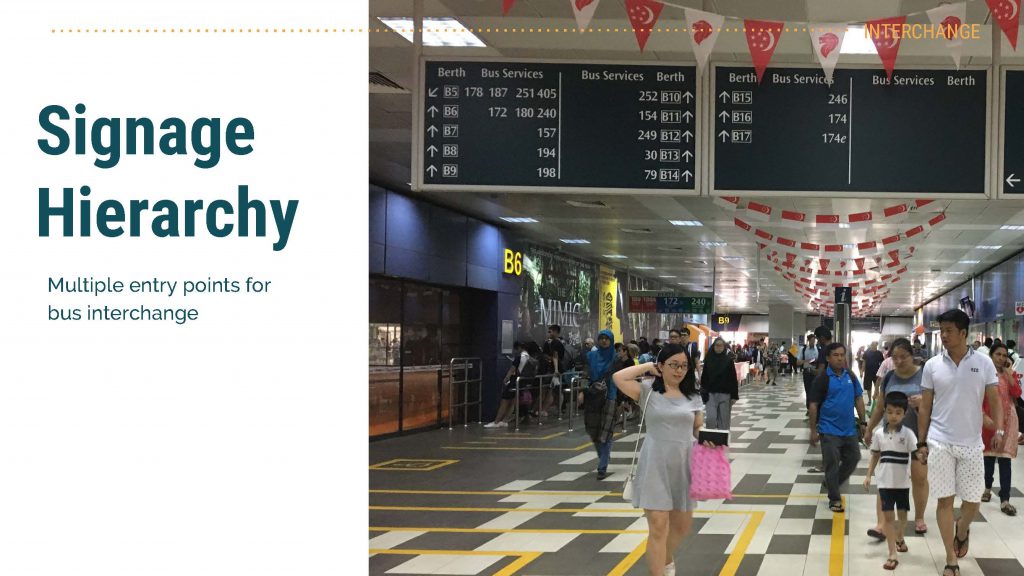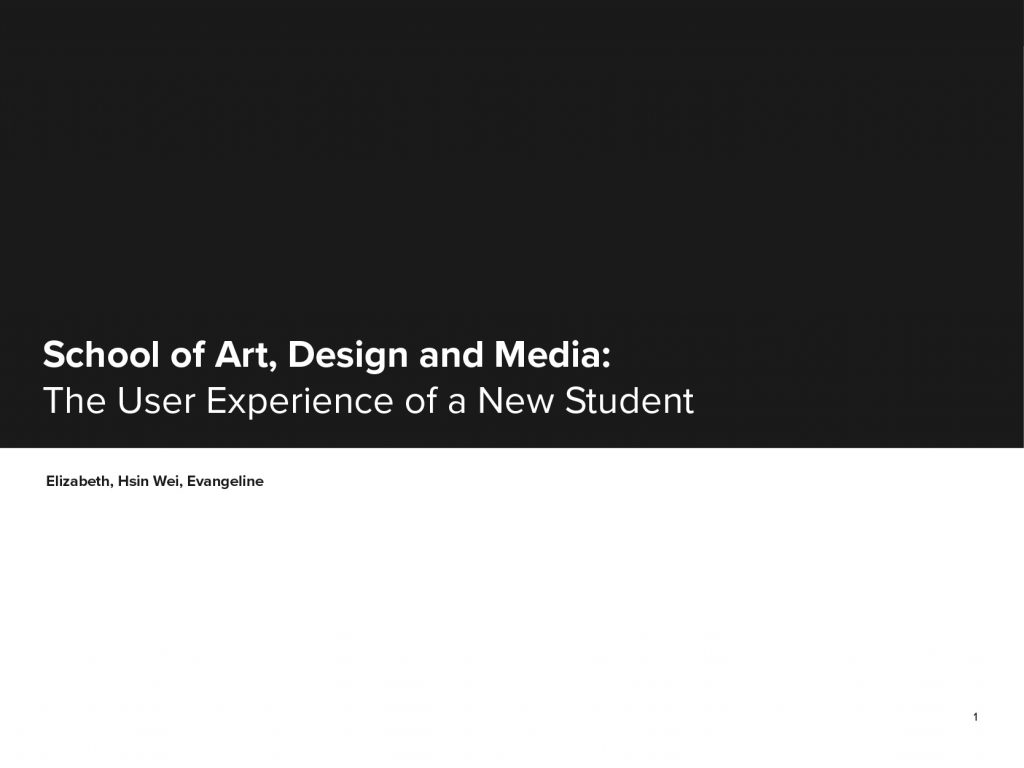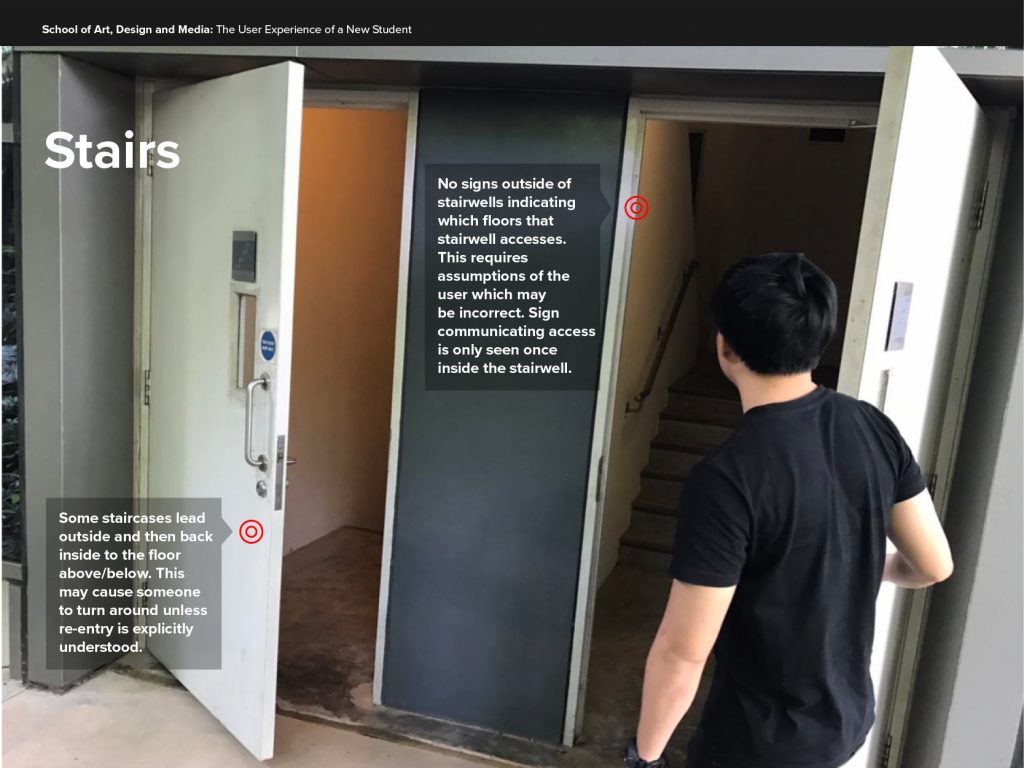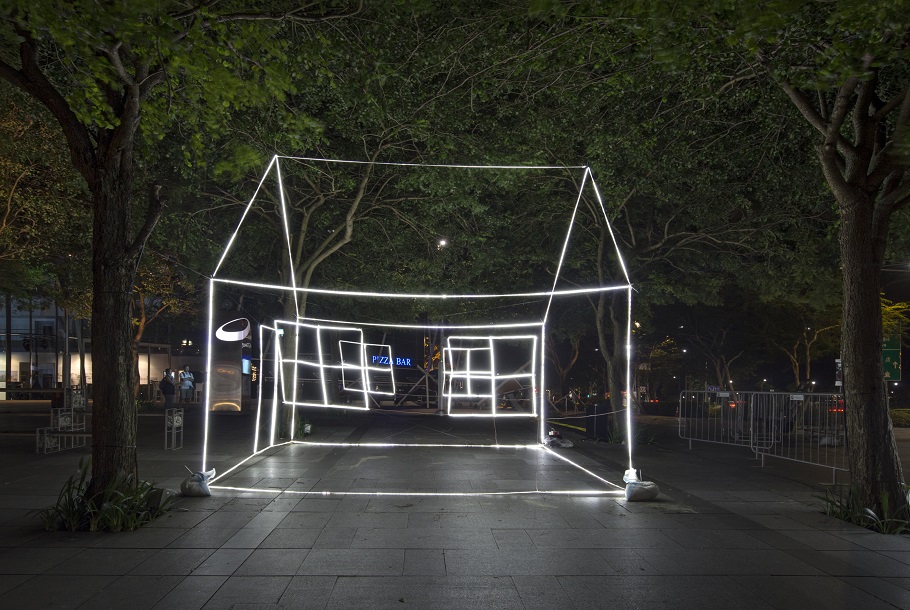
Home
Simplicity in communication is one of the greatest qualities of a strong design. The light installation Home reconnects each person to their idea of home and memories. While such an elementary term, the meaning of home goes much deeper than the physical place we live in. Our home is commonly associated with our past, where we come from and the people, values, and memories that go with that place. People call all sorts of places home, whether a city, a house, a neighborhood, an apartment, a flat – wherever their greatest sense of comfort and care lies. The group of friends who designed this installation harkened back this basic definition of what a home is by deciding to replicate the most iconic image of a home, the four walled rectangular house with square windows, a single front door and peak sloped roof. The boundaries of the house feel present within the three-dimensional structure but the emptiness inside allows each person to imagine their personal home. Lack of extravagance in production of the piece add to its simplicity and immediate communication of a home. This light installation is a beautiful testament to the fondness of a home within a bustling concrete jungle.

Northern Lights
No matter how nice a city is, people are still enthralled with earth’s natural beauty. From great mountains to coral reefs the natural beauty of the planet is something we are drawn to. Artist Aleksandra Stratimirovic used this mesmerizing way about nature in her light installation Northern Lights. Strategically positioned above the bay, the LED light rods reflect vibrantly on the water below. Each viewer experiences the show slightly differently as the lights move around randomly, paired with a uniquely composed soundtrack for a more immersive experience. Northern Lights delights its audience because it brings a beautiful rare sight only visible in the far northern hemisphere to a tropical destination at the equator — an experience many do not see in their lifetime and just a hint of the full experience in nature.













